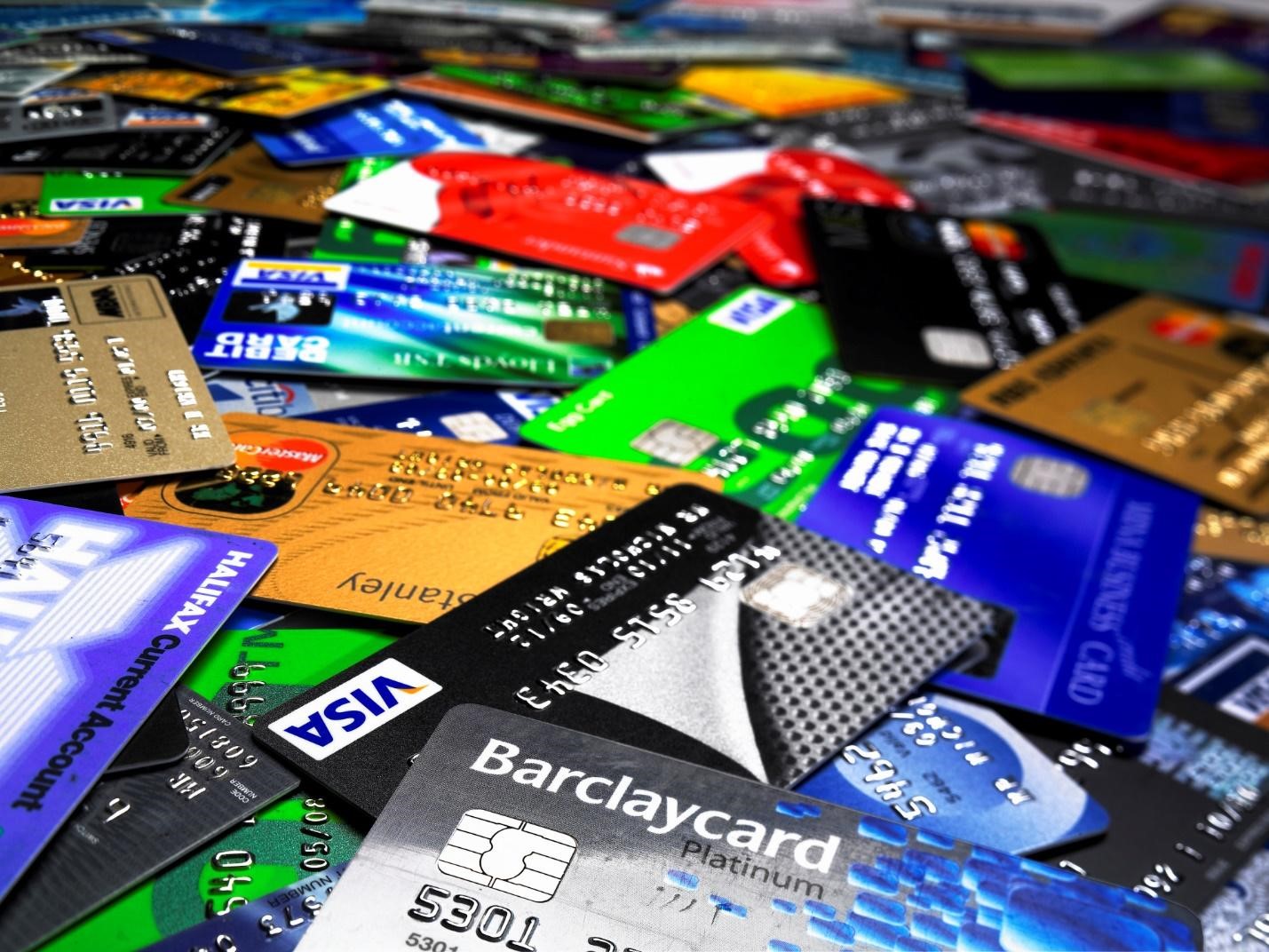- Put all expenses on credit cards and turn your credit card spending into a short-term no-interest loan.
- You can earn some serious cash while enjoying continuous short-term loans by putting all your expenses on one credit card.
- We are somewhat a semi cashless society. You can’t pay for your Netflix’s subscription, rent a car, or place an order online with cash
Put all expenses on credit cards and turn your credit card spending into continuous short-term loans. One of the best arguments against using credit cards is people who use them spend more on average than those who use money. Higher debt usage combined with high-interest rate credit cards is a recipe for financial disaster. However, those two reasons mentioned above are not strong enough for you to cut credit cards out of your financial sphere altogether.
With a well-thought-out financial budget, you should put all your discretionary and non-discretionary expenses on one credit card. Below are the three financial reasons you should put all expenses on credit cards:
No Interest Short-term Loans
To turn your credit card spending into continuous short-term no-interest loans, you need to pay the balance in full each month. Maintaining a balance, making the minimum payment, and paying late are what make credit cards such a bad financial product. A personal cash flow statement, which details cash inflows and outflows, will help reduce the need to overspend. If you budget 150 dollars per week on groceries and be disciplined enough to stick to it, you can reap all the excellent benefits of credit cards. You can put the groceries, auto insurance, and utilities on your chosen credit card and pay the credit card balance in full each billing cycle.
Here’s how you end up getting a short-term no-interest loan in the process.
If your closing date were on the 17th of December, the credit card company would give you until about the 15th of January to pay that balance in full with no interest accrued. That’s a 4-week loan with no interest. Also, you pay no financing charges on all transactions made from December 18th through January 17th until February 15th. If you time spending on big-ticket items accordingly, you can end up having a nearly 2-month no-interest loan from your credit card company.
Rewards: Cash Back, Miles and Points
You can earn some serious cash while enjoying continuous short-term loans. Let’s say you sign up for the Capital One ‘s 1.5 percent Cashback Everyday Card and your total discretionary and non-discretionary expenses are about 3,000 dollars per month. You can earn up to $540 ($3,000×12) x 0.015) every year. That amount is no chump change; it is enough for 6-month car insurance premiums in many states. Here’s the list of best cashback credit cards
Security
We are somewhat a semi cashless society. You can’t pay for your Netflix’s subscription, rent a car, or place an order online with cash.
Moreover, using a credit card is the best way to protect yourself from fraud. Many credit card companies can issue a virtual credit card number, which is different from your main credit card number. That virtual number adds an extra layer of security. Because your debit card links to your checking account, it might take the banks months to conduct their investigation and refund your money in case of fraud.
As long as you use them wisely, you can reap tremendous benefits from using credit cards.

Pingback: Large Credit Limits for Personal Financial Planning - FMC